In the ever-evolving realm of digital marketing, the role of backlinks in optimizing a website’s search engine performance cannot be overstated. Backlinks, also known as inbound or incoming links, are the backbone of a robust SEO strategy. They act as digital endorsements, indicating to search engines that a website is credible, relevant, and worth displaying in search results.
Understanding the dynamics of new backlinks is pivotal for anyone navigating the intricacies of online visibility. Whether you’re a seasoned SEO professional or a business owner trying to establish a digital footprint, this comprehensive guide will unravel the significance of backlinks and provide actionable insights into leveraging them effectively.
So, let’s embark on a journey through the world of backlinks, exploring their types, strategies for acquisition, and the ever-changing landscape of SEO. Buckle up as we demystify the complexities and unveil the secrets to harnessing the power of new backlinks for unparalleled search engine success..
Types of Backlinks
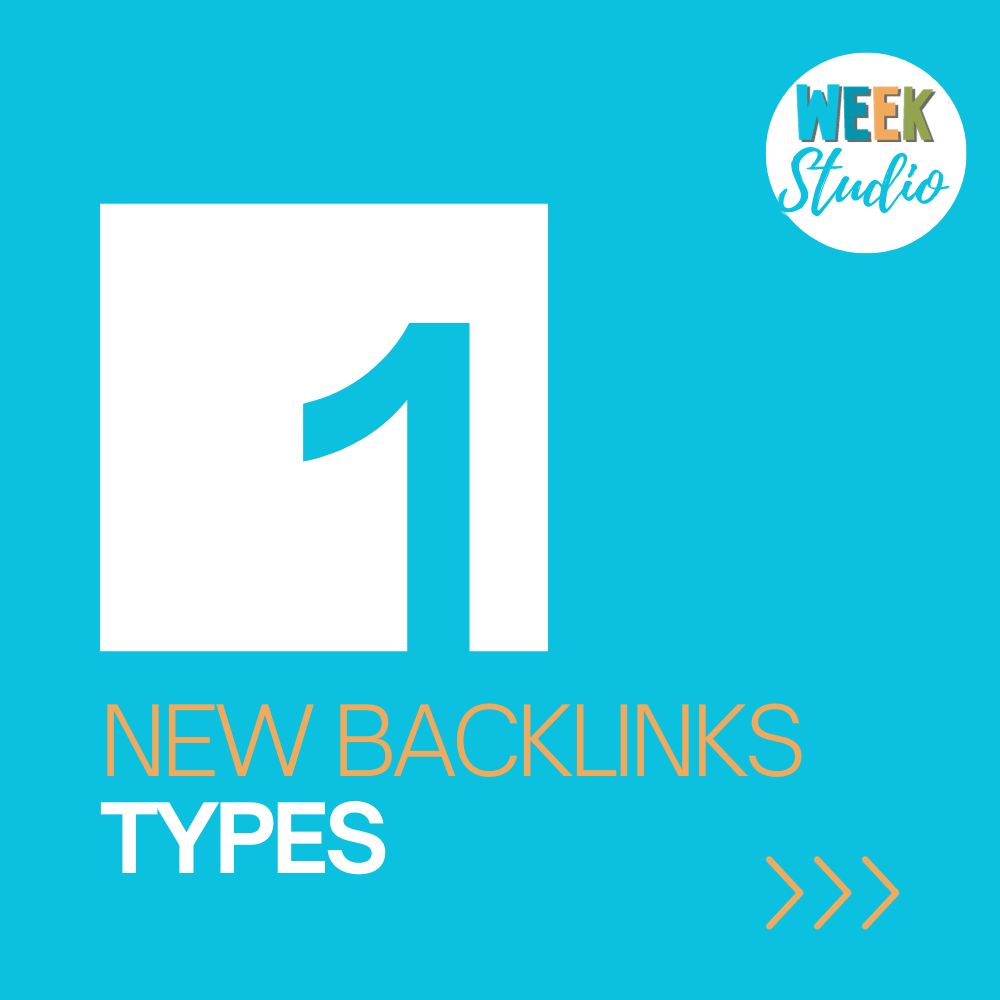
Dofollow Backlinks
Dofollow backlinks are the lifeblood of SEO, conveying a strong signal to search engines that the linked content is valuable and credible. These links pass on the SEO equity, also known as “link juice,” from the source page to the target page, contributing significantly to its search engine ranking.
High-Quality Dofollow Backlinks Not all dofollow backlinks are created equal. High-quality dofollow backlinks originate from authoritative and relevant sources. These links carry more weight in search engine algorithms, making them instrumental in boosting a website’s domain authority and overall SEO performance.
Low-Quality Dofollow Backlinks On the flip side, low-quality dofollow backlinks can do more harm than good. Links from spammy or irrelevant websites may lead to penalization by search engines, adversely affecting your site’s ranking. Quality should always take precedence over quantity when it comes to building dofollow backlinks.
Nofollow Backlinks
Nofollow backlinks, while not directly influencing SEO equity transfer, play a crucial role in a natural and diverse backlink profile.
When to Use Nofollow Backlinks Nofollow links are particularly useful in situations where you want to link to a page but don’t want to vouch for its credibility in the eyes of search engines. For example, links in user-generated content or sponsored posts should be nofollow to adhere to search engine guidelines.
Common Mistakes with Nofollow Backlinks Despite their specific use cases, misconceptions about nofollow links abound. Understanding when and how to employ them is essential to avoid missed opportunities in your backlink strategy.
By delving into the nuances of both dofollow and nofollow backlinks, you can strategically incorporate them into your SEO arsenal, enhancing your website’s authority and relevance in the digital landscape. Now, let’s explore effective strategies for building these invaluable links.
Strategies for Building New Backlinks

Guest Posting
Guest posting remains a stalwart strategy for acquiring high-quality backlinks while establishing authority in your niche.
Finding Quality Guest Posting Opportunities Identifying reputable websites in your industry willing to accept guest posts is the first step. Look for platforms with a solid online presence and a readership that aligns with your target audience. Tools like Ahrefs and Moz can aid in this research.
Crafting Effective Guest Posts, Once you’ve secured opportunities, focus on creating content that not only provides value to the audience but also seamlessly integrates relevant backlinks. A well-crafted guest post not only enhances your site’s visibility but also solidifies your position as an industry thought leader.
Broken Link Building

Capitalizing on broken links is a savvy tactic to secure new backlinks and improve user experience across the web.
Identifying Broken Links Tools like Check My Links or Broken Link Checker can help identify broken links on authoritative websites. Once identified, reach out to the site owner or webmaster, offering your content as a replacement.
Outreach for Broken Link Building Crafting a compelling outreach email is crucial. Clearly explain how your content adds value and provides a seamless replacement for the broken link. Personalize your approach and emphasize the mutual benefit of the collaboration. By strategically employing guest posting and broken link building, you can actively cultivate a diverse and impactful backlink profile. However, the effectiveness of these strategies also depends on understanding the nuances of anchor text.
Importance of Anchor Text

What is Anchor Text?
Anchor text is the clickable text in a hyperlink. It serves as a succinct descriptor of the linked content, providing both users and search engines with context regarding the linked page’s topic.
Best Practices for Anchor Text Optimization
Relevance of Anchor Text to Content, The anchor text should be relevant to the content it is linking to. This relevancy not only aids search engines in understanding the context of the link but also enhances the user experience by providing a clear indication of what to expect.
Avoiding Over-Optimization, While anchor text optimization is crucial, over-optimizing by using the same keyword-rich anchor text repeatedly can raise red flags with search engines. Aim for a natural and varied anchor text profile that reflects the diversity of your content.
Understanding how to wield anchor text effectively can significantly impact the success of your backlinking efforts. As we delve into the tools for monitoring backlink quality, you’ll see how these practices tie into maintaining a healthy and thriving link profile.
Monitoring Backlink Quality
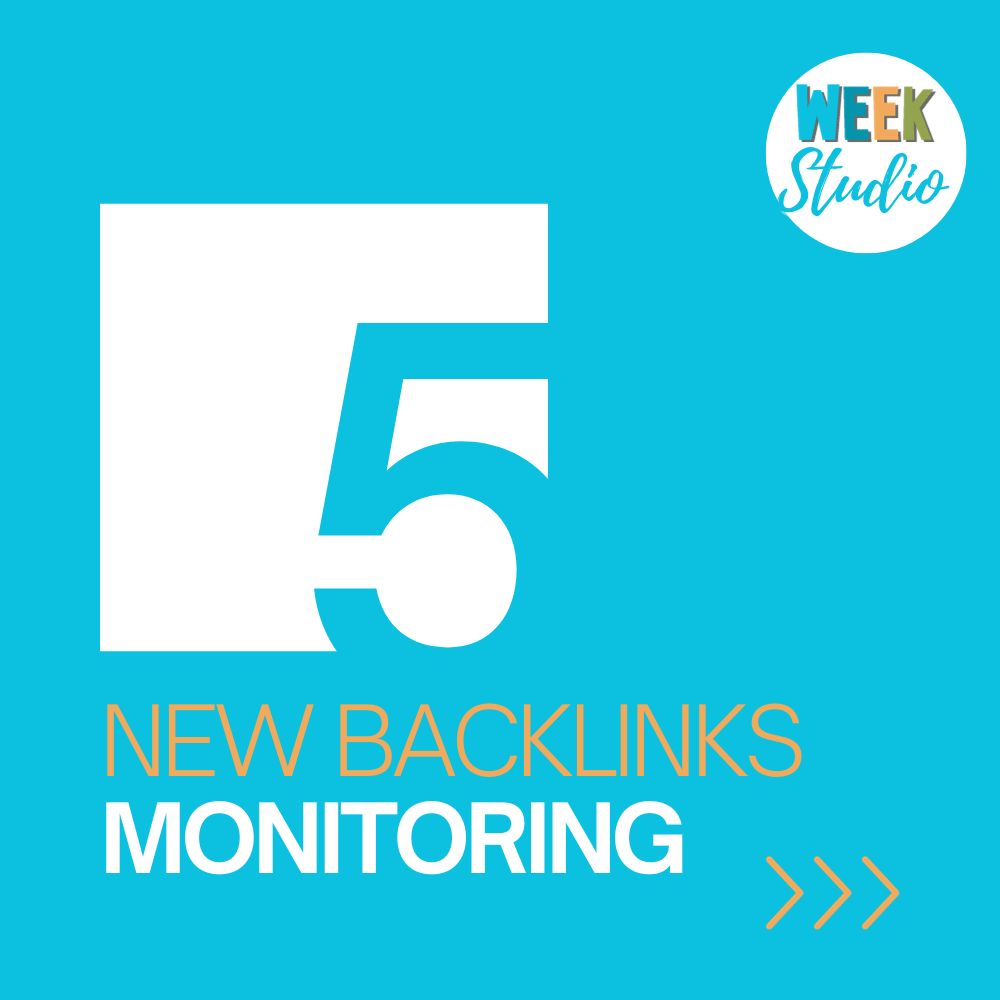
Tools for Backlink Analysis
In the dynamic landscape of SEO, keeping a vigilant eye on your backlink profile is essential. Several tools can assist in comprehensive backlink analysis.
- Google Search Console: Google Search Console provides invaluable insights into the health of your website’s backlink profile. It offers data on the number of backlinks, referring domains, and the overall quality of your link portfolio.
- Ahrefs: Ahrefs is a robust tool that goes beyond basic backlink analysis. It provides a detailed breakdown of your backlinks, including their types, referring domains, and the authority of the linking pages. Ahrefs also facilitates competitor analysis, helping you stay ahead in your niche.
Disavowing Bad Backlinks
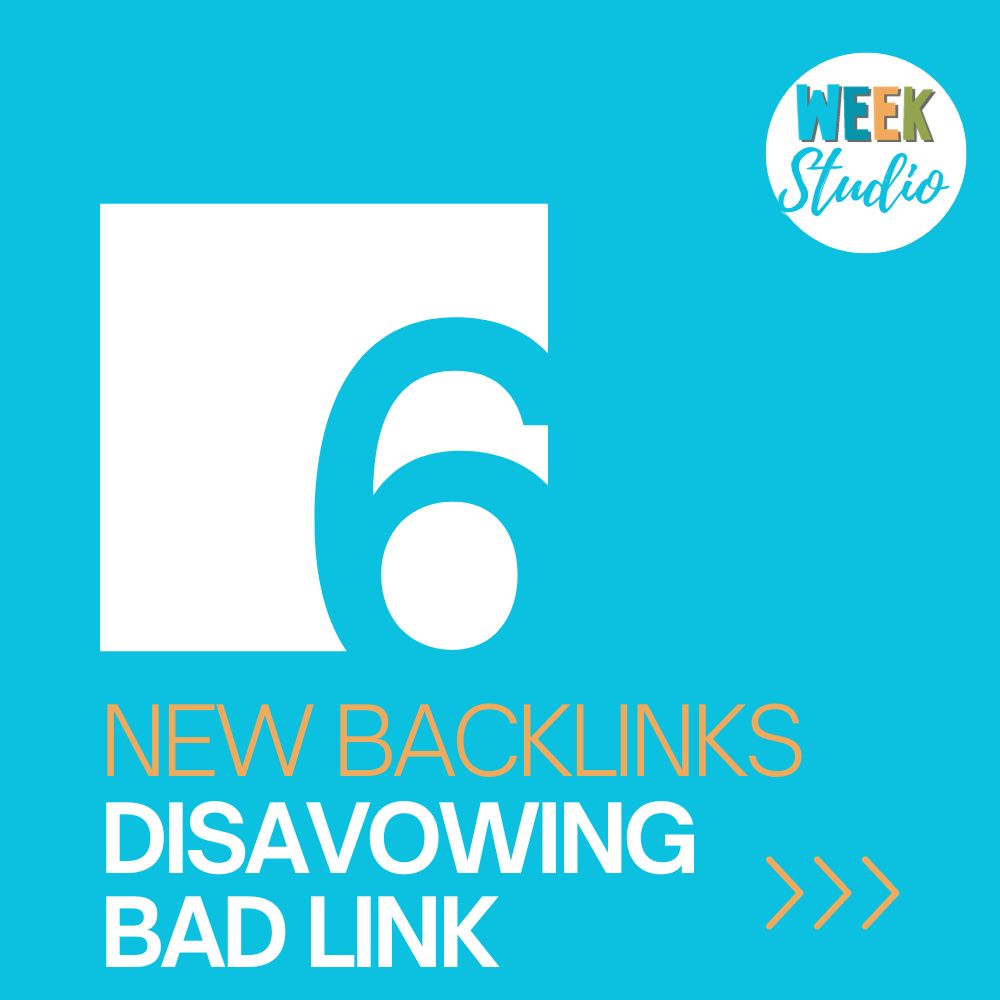
Even with the most meticulous strategies, undesirable backlinks may find their way to your site. The process of disavowing involves informing search engines not to consider specific links when assessing your site’s credibility.
When and How to Disavow Backlinks
Disavowing should be approached cautiously and reserved for instances where low-quality or spammy backlinks are threatening your site’s reputation. Google’s Disavow Tool allows you to submit a list of links you want to disavow, but exercise this option judiciously to avoid inadvertently harming your SEO efforts.
By regularly employing these tools and practices, you ensure that your backlink profile remains robust and aligned with search engine guidelines. Now, let’s explore real-life case studies to witness the tangible impact of strategic backlinking.
Case Studies

Successful Backlink Building Stories, In the dynamic realm of digital marketing, real-world examples can illuminate the path to effective backlink building. Let’s delve into a couple of case studies that showcase the transformative power of strategic link acquisition.
Real-Life Examples of Increased Rankings
Case Study 1: XYZ Tech Blog
XYZ Tech Blog, a niche player in the tech industry, implemented a comprehensive guest posting strategy. By collaborating with reputable tech websites and contributing high-quality content, they not only gained valuable backlinks but also saw a significant uptick in their search engine rankings. The diversity of anchor texts and relevance of the linked content played a pivotal role in their success.
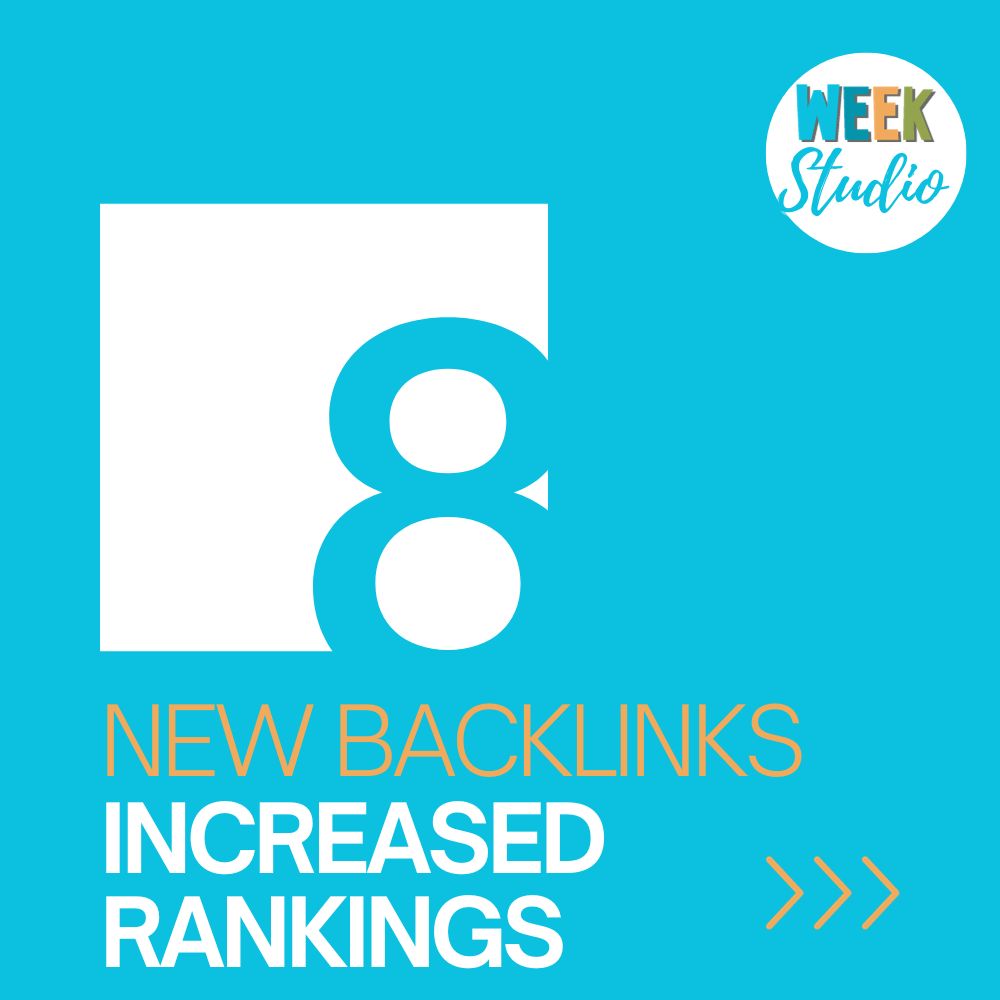
Case Study 2: Travel Adventures Website
A travel adventures website utilized broken link building to its advantage. Identifying authoritative travel blogs with broken links, they reached out with well-crafted replacement content. The result? A series of new backlinks from established sources, elevating their website’s authority and driving organic traffic.
Learning from Backlinking Mistakes
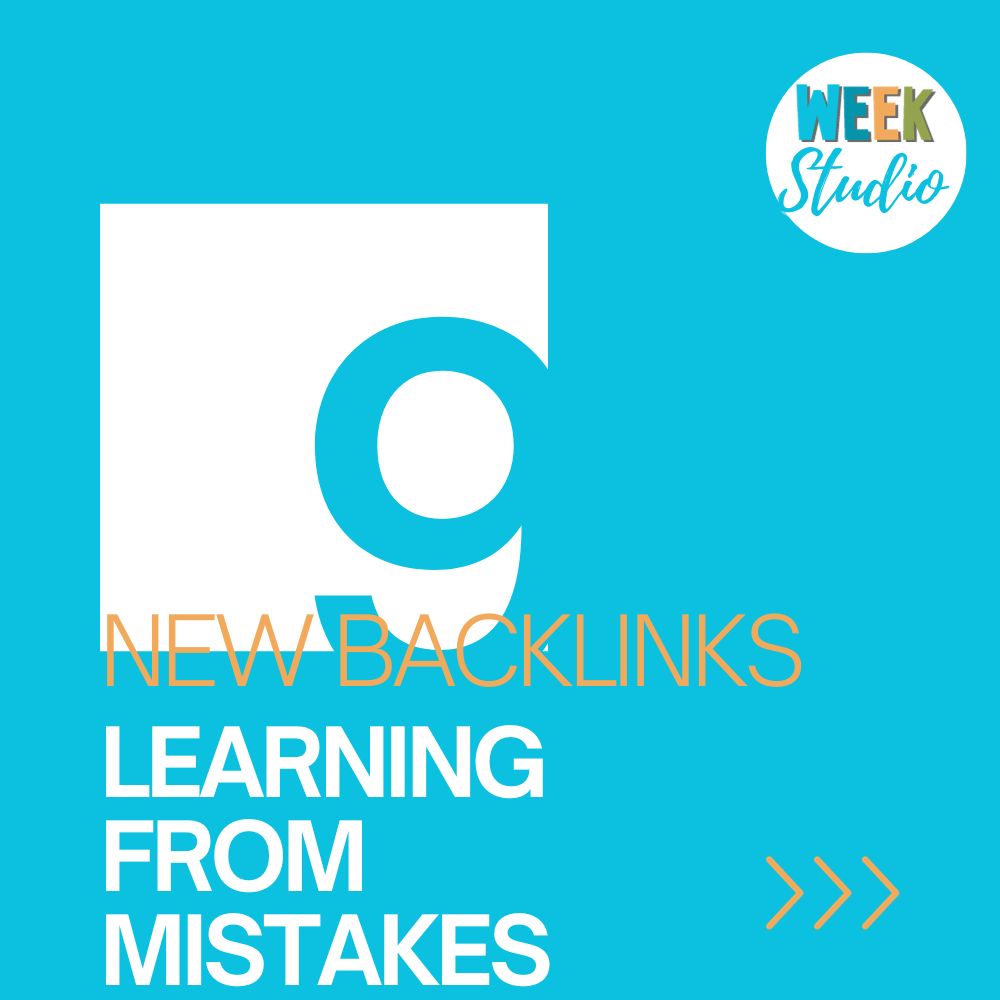
Not all backlinking endeavors end in success. Learning from mistakes is equally crucial in refining your strategy. Case studies of unsuccessful attempts provide valuable insights into pitfalls to avoid and misconceptions to rectify.
As we glean insights from these real-world scenarios, it becomes evident that a thoughtful and strategic approach to backlink building can yield substantial benefits. However, the landscape of SEO is ever-evolving, and understanding future trends is key to staying ahead. Let’s explore what the future holds for backlinking strategies.
Future Trends in Backlinking

The integration of artificial intelligence (AI) into backlink analysis is poised to revolutionize the way we evaluate link quality. AI algorithms can quickly assess vast amounts of data, identifying patterns and anomalies that might elude human analysis. This innovation enables more precise insights into backlink quality, helping marketers make data-driven decisions.
User Experience Signals and Backlinks
Search engines are increasingly prioritizing user experience signals in their ranking algorithms. Backlinks from sources that contribute positively to user experience are likely to gain more significance. This shift underscores the importance of not only acquiring backlinks but also ensuring they enhance the overall user journey.
Mobile-First Indexing and Backlink Relevance
As mobile usage continues to soar, search engines are prioritizing mobile-first indexing. This shift emphasizes the importance of mobile-friendly websites and, consequently, backlinks from mobile-optimized sources. Future backlinking strategies should consider the mobile user experience to stay aligned with evolving search engine priorities.
Adapting to these emerging trends will be crucial for maintaining a competitive edge in the world of SEO. As we conclude our exploration of future possibilities, let’s summarize the key takeaways and insights gained from this comprehensive guide on new backlinks.
Conclusion
In the ever-evolving landscape of SEO, the significance of new backlinks cannot be overstated. As we’ve navigated through the diverse facets of backlinking – from understanding the types of backlinks to crafting effective strategies and adapting to future trends – it’s clear that backlinks are not just links; they are endorsements, trust signals, and pathways to enhanced online visibility.
By embracing high-quality dofollow backlinks and strategically utilizing nofollow links, you can build a backlink profile that not only boosts your search engine rankings but also fosters credibility within your niche. Guest posting and broken link building emerge as powerful strategies, offering not just links but opportunities to showcase your expertise.
Anchor text optimization adds another layer to the backlinking process, ensuring that the contextual relevance of your links aligns with user expectations and search engine algorithms. Tools like Google Search Console and Ahrefs act as vigilant guardians, providing insights into your backlink health and facilitating informed decision-making.
Real-world case studies shed light on the tangible impact of effective backlink strategies, underlining the importance of adaptability and learning from both successes and setbacks. Looking ahead, the integration of artificial intelligence, the emphasis on user experience, and the mobile-first indexing trend beckon a dynamic future for backlinking strategies.
In the dynamic world of SEO, mastering the art and science of backlinking is an ongoing journey. As you navigate this terrain, remember that building a strong backlink profile is not just about algorithms; it’s about building relationships, offering value, and positioning your brand as a trusted authority.
FAQs About New Backlinks
- What is the ideal frequency for acquiring new backlinks?
- The frequency of acquiring new backlinks depends on various factors, including your industry, competition, and content strategy. Focus on quality over quantity, aiming for a consistent but natural pace.
- How do I identify if a backlink is of high quality?
- Tools like Ahrefs can help assess the authority of linking domains, while relevance can be determined by the contextual alignment of the linked content.
- Is anchor text optimization still relevant in SEO?
- Yes, anchor text optimization remains relevant. It contributes to the overall context of your content and helps search engines understand the relevance of the linked page. However, avoid over-optimization by maintaining a natural and varied anchor text profile.
- Should I disavow all low-quality backlinks?
- Disavowing should be a strategic decision based on the potential harm low-quality backlinks pose to your site’s reputation. Use the disavow tool judiciously, focusing on links that genuinely threaten your SEO efforts.
- How can AI impact the future of backlinking?
- AI in backlink analysis can streamline the evaluation process, providing quicker and more nuanced insights. It can identify patterns, anomalies, and trends in vast datasets, aiding marketers in making informed decisions about their backlink strategies.
